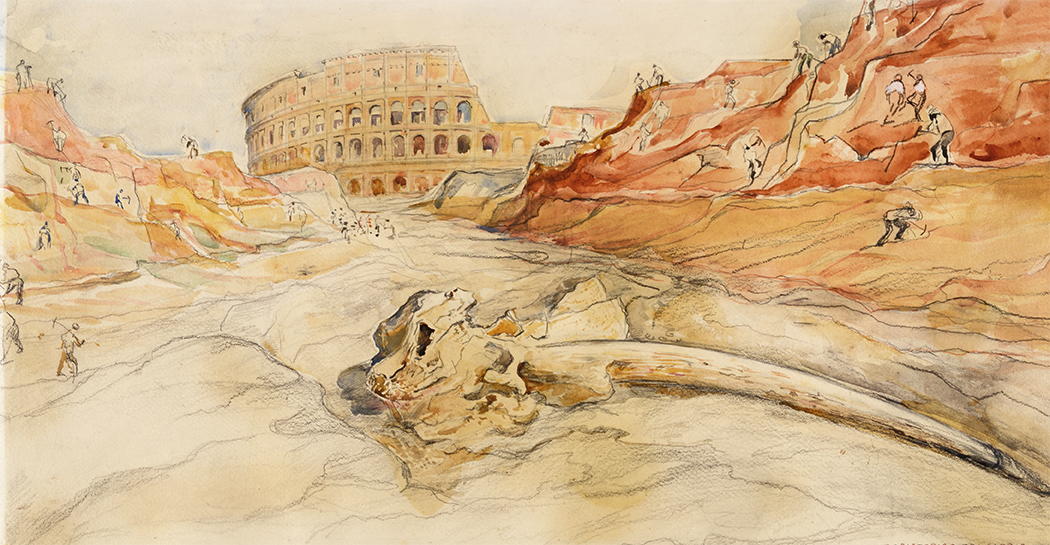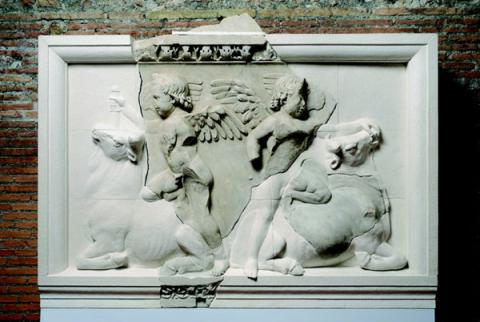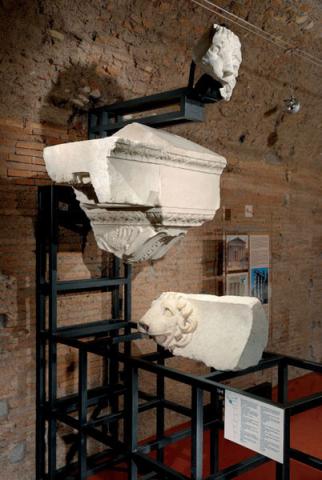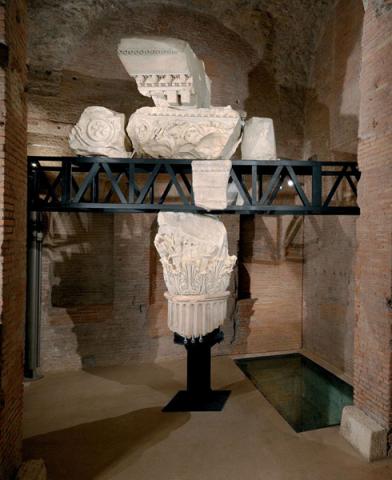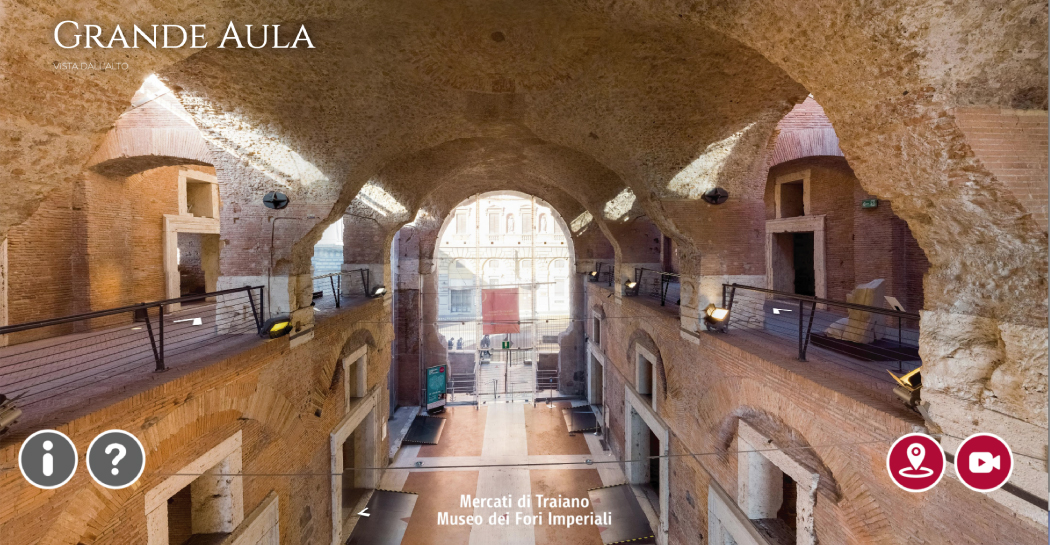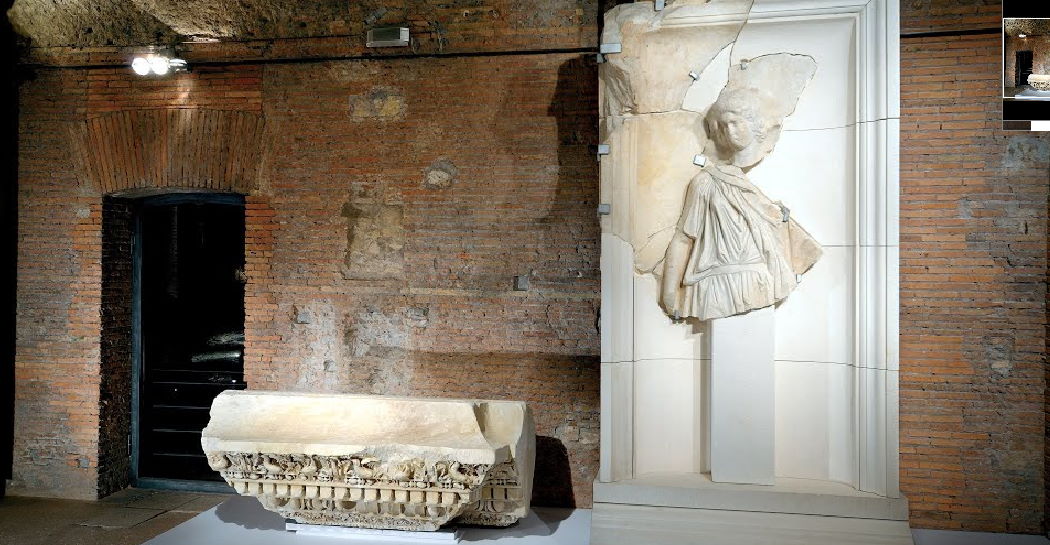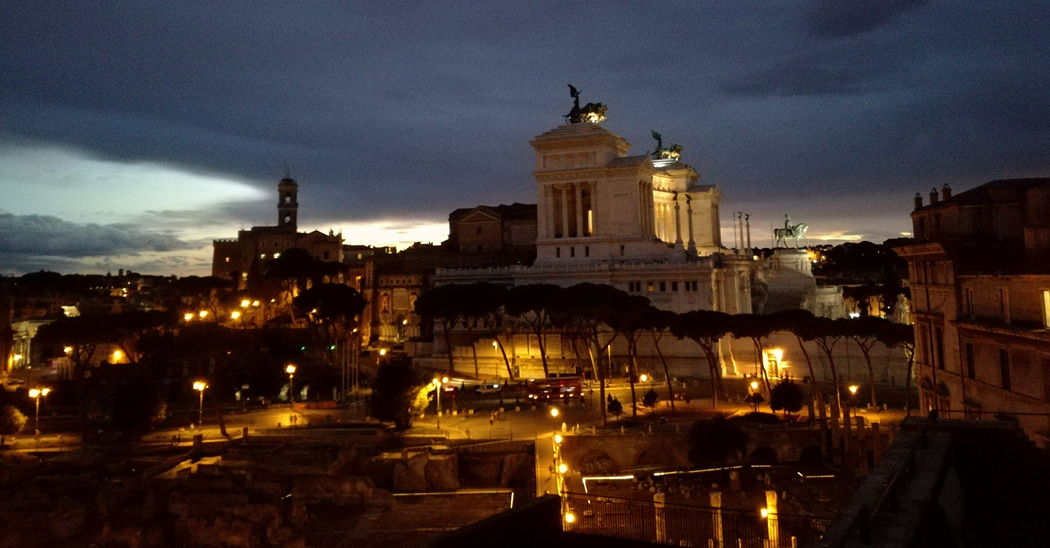Digging in the archives. The graphic and photographic documentation of demolitions in the collections of the Sovrintendenza Capitolina

Appointment as part of the I Martedì da Traiano
Digging in the archives. The graphic and photographic documentation of demolitions in the collections of the Sovrintendenza Capitolina (Museo di Roma and Archivio Storico Disegni).
The most important artworks in the museum include thousands of photographs - with their negatives on glass plates - and hundreds of paintings and drawings documenting the urban transformations that, from 1924 to 1943, affected the central areas of Rome with imposing archaeological excavations and demolitions, aimed at isolating ancient monuments and building large roads, which significantly changed the centuries-old image of the papal city: the area of the Imperial Fora with the opening of Via dell'Impero, the construction of Via del Mare and Corso del Rinascimento, the works in the Augusteum area, the arrangement of the Area Sacra in Largo Argentina, the extending Via delle Botteghe Oscure, the demolition of the Borghi to make way for the new Via della Conciliazione, the excavations and discoveries in the various districts and quarters.
The photographs, as part of an articulated communication strategy of what was happening, were commissioned by the Ripartizione X Antichità e Belle Arti del Governatorato di Roma to various professionals (Filippo Reale, Michele Valentino Calderisi, Cesare Faraglia, the Vasari Company, Romualdo Moscioni...) and transferred, in 1952, to the Musei Vaticani in Rome. ) and transferred in 1952 to the new premises of the Museo di Roma in Palazzo Braschi, where all the works stored in the disused Pastificio Pantanella in Via Bocca della Verità, the first site of the Museum, had already arrived. The Museo was set up in 1930 by Antonio Muñoz, director of the above-mentioned Department and one of the leading figures in the regime's cultural policy (whose personal archive is kept at the Museo di Roma, acquired by his widow in 1962), with the aim of telling the story of a city that was rapidly disappearing. In parallel with the photographic documentation, he began to acquire paintings, drawings and watercolours from all those artists (Maria Barosso, Vito Lombardi, Odoardo Ferretti, Lucia Hoffmann, Carlo Dottarelli, Orfeo Tamburi, Lucilio Eforo Cartocci, Giuseppe Fammilume ) who had devoted themselves to depicting the city before and during the transformation works because, fifty years after the famous views by Ettore Roesler Franz, who had portrayed the places cancelled by the 1881 Regulatory Plan, they were still convinced that only 'artistic' images could convey an emotional memory of the disappearing places.
This consistent and heterogeneous figurative production, offering multiple possibilities of interpretation, is therefore of considerable value for all scholars who intend to investigate the relationship between conservation and transformation of the long-standing and articulated urban structure.
Maurizio Ficari trained at the University La Sapienza in Rome, where he obtained a degree, a Postgraduate School diploma and a PhD in Art History. In the course of his research he has mainly dealt with the themes of Roman marble workshops, 15th-century architectural sculpture and Cistercian architecture in Abruzzo. She is currently in charge of the photographic collections at the Museum of Rome in Palazzo Braschi.
Angela Maria D'Amelio graduated in Literature and Philosophy and specialised in History of Modern Art at the Sapienza University of Rome. She joined the staff of the Sovrintendenza Capitolina in October 2002 and works as an art historian curator at the Museo di Roma-Palazzo Braschi, where she is responsible for the Catalogue Office and the Drawings and Prints Cabinet. His areas of research focus on the study of drawing and graphics from the 18th to the 20th century, with particular attention to portrait and caricature production.
Paola Chini, Archaeological Curator at the Capitoline Superintendency, where she is in charge of the Municipality VII (formerly X), of a section of the Aurelian Walls and of the Historical Archive of Drawings and Video Library, of which she has been responsible for the reorganisation, cataloguing and computerisation. She holds a degree in Archaeology and History of Art from Sapienza University of Rome, where she also specialised in Archaeological Topography. She specialised in Archivistics at the Vatican School of Diplomatic and Archival Palaeography and at the Central State Archive in Rome. She is the author of several contributions on monuments of the Capitoline Superintendence and archival material. She has taken part in conferences and exhibitions, curating the study and publication of drawings of mosaics and frescoes found in Rome during archaeological excavations carried out in the late 1800s and early 1900s.
The conferences will be followed by a visit to the exhibition 1932, l’elefante e il colle perduto
The conferences are recorded and put online on the FB page of the Mercati di Traiano the following week
Information
Tuesday February 21, 2023 at 15.30, duration 90' (1h conference + 30' visit to the exhibition)
Participation with payment of the entrance ticket according to the current rates
Reservation required on 060608 (every day 9.00-19.00)
Maximum 30 participants
1010561
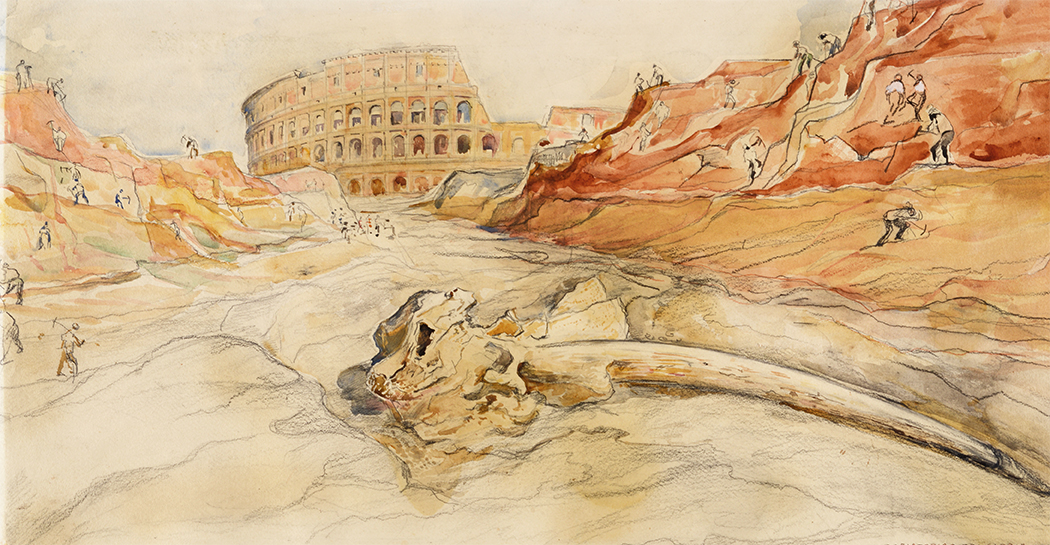
Eventi correlati
1012299
